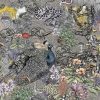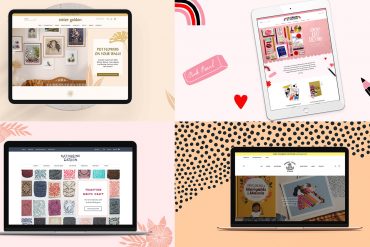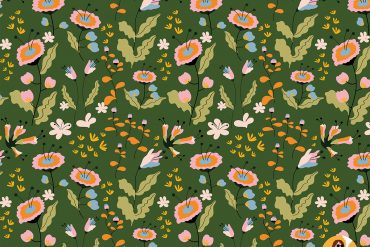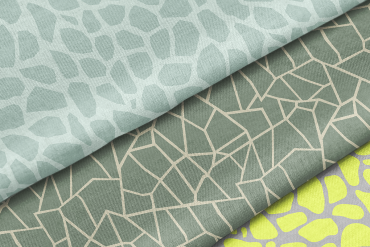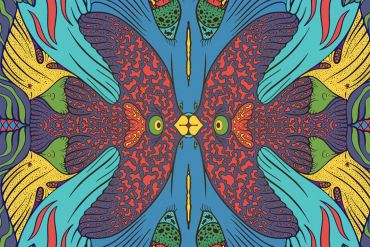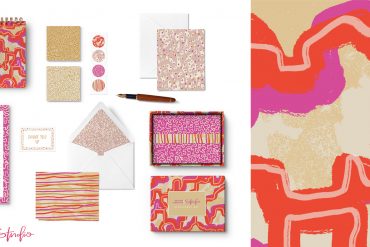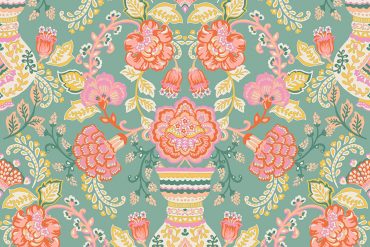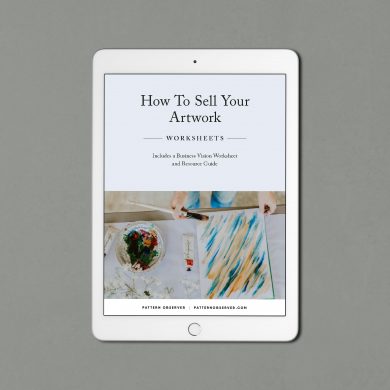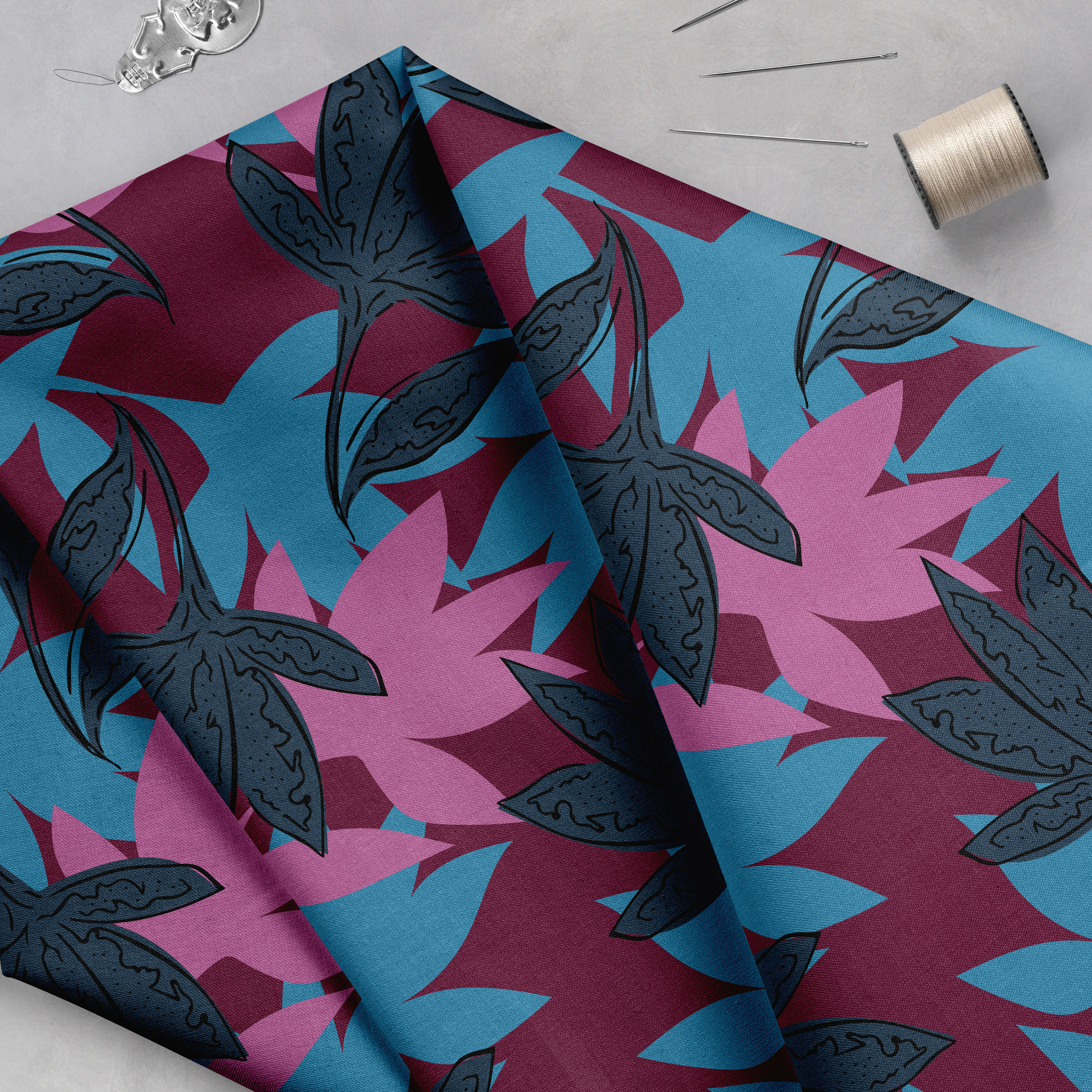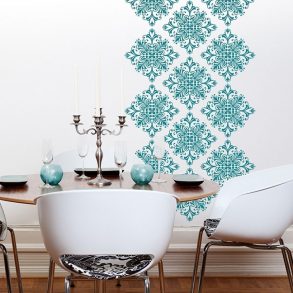This is Paul. Prepare yourself..you are going to totally fall in love with his work.
Paul is a self-taught, quilt loving, Islam inspired serigrapher living in Oakland, California. There is so much that I love about his work. From his detailed layout of elements to his usage of color, you can tell that Paul puts a great deal of thought and planning behind each design. I am totally in awe, but check it out for yourself..
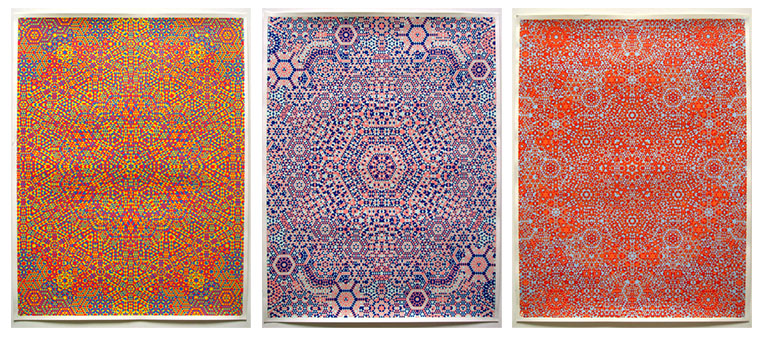
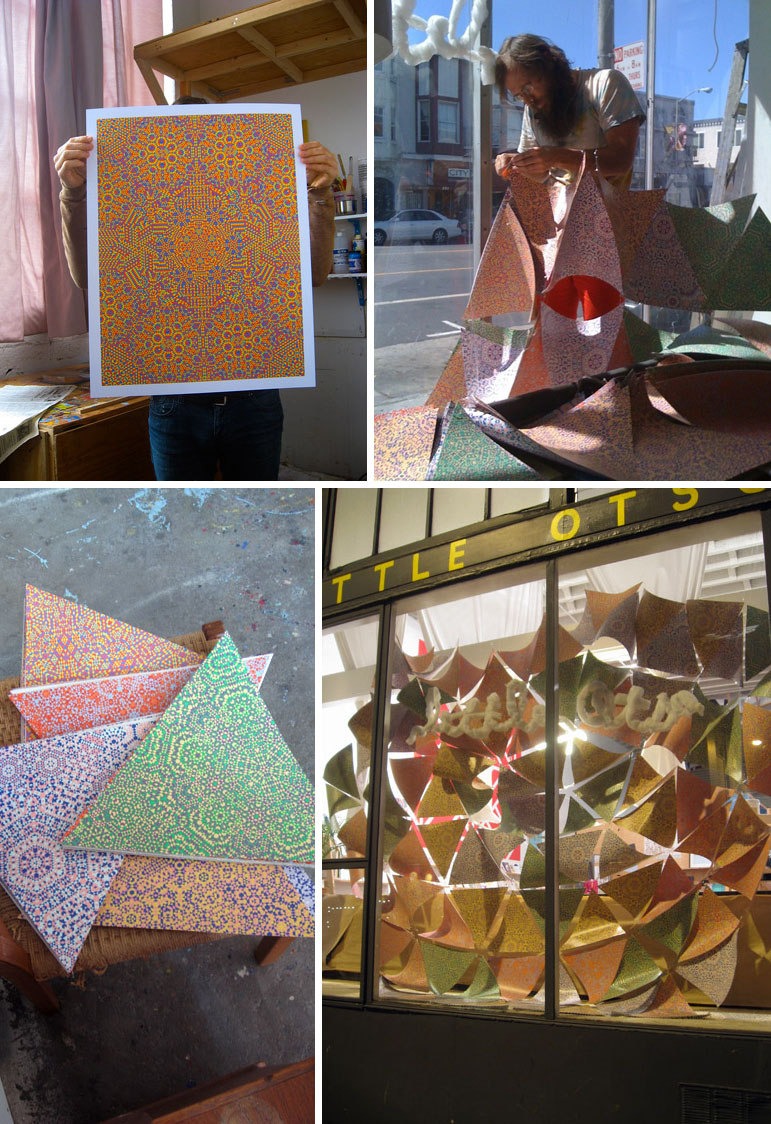
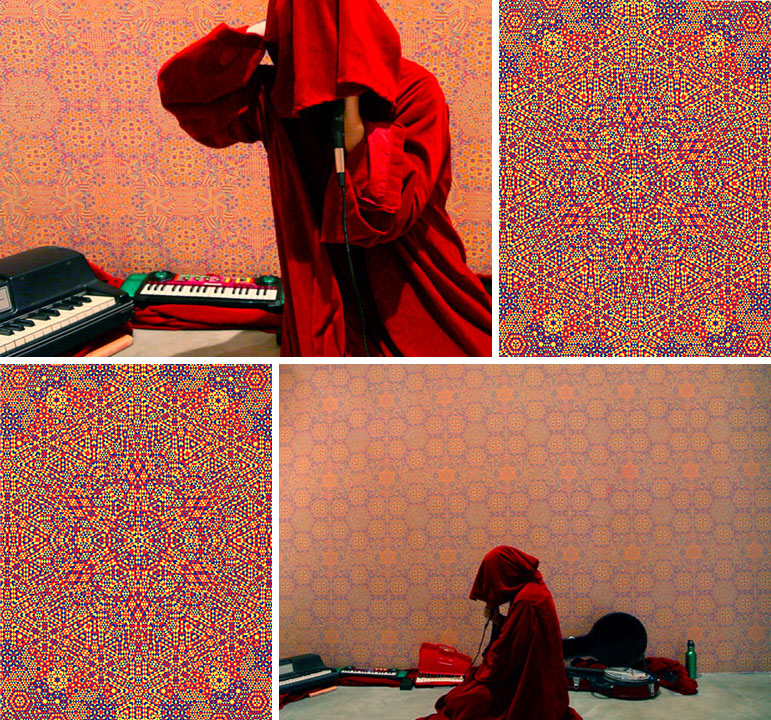
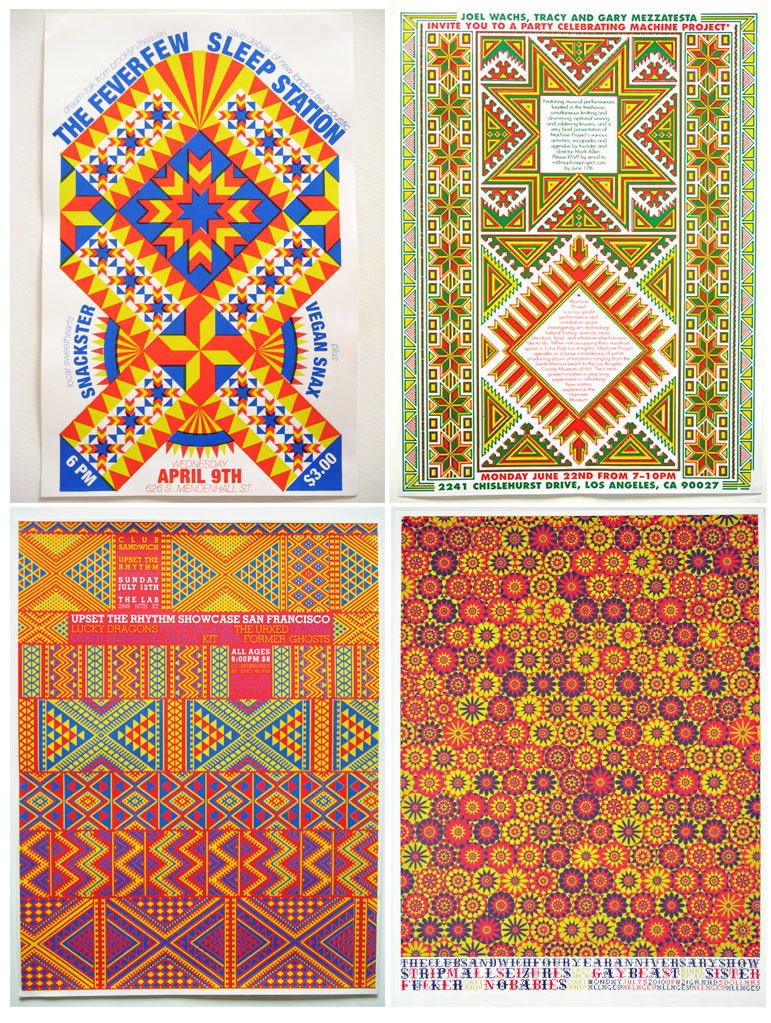
Paul answered a few of my questions about inspiration, how he got his start, etc.., but please check out more of his prints here, his blog here (which I highly recommend), and his shibori work here. Enjoy!
1. What is your background? Did you go to school for printmaking or was it something that you just fell into?
Happily, self-education (in it’s sloppy glory) provided all my technical printing skill and knowledge. I started the way many people in my community started: a friend wanted patches(!) to sell on her band’s upcoming tour. Obviously no money was offered, but I saw these patches as the perfect opportunity to learn and make consequence-free mistakes. At the time screenprinting seemed so mysterious and impossible to conquer. Being a decade ago I can’t remember why I thought I should put in the work to learn, but I did. Just enough to get this first job completed. A decade later I continue to talk with other printers, utilize inter-library loan to check-out expensive manuals, read internet forums, and screw up.
At the same time, knowledge acquired through institutionalized higher education is invaluable to my work. While it was devoid of a printing department, my school emphasized and nurtured critical analysis skills; skills without which I could never do. All the squeegee-pulling ability in the world doesn’t help me if I’m printing poorly thought-out posters.
2. I love the installation that you did for Little Otsu. Did you approach this large-scale project in a different manner?
I love quilts! And after completing a number of real-deal fabric-based quilt-piecing projects, I knew it was time to (somehow) make a paper-based quilt. In a way the project was a perfect engineering challenge for me; difficult enough to provide ample opportunity to space out on possible construction ideas but simple enough to prevent frustration. Hexagons: the ultimate triangle!
The overall shape and size of the piece was strictly informed by the window’s layout. This felt right since quilting geometry can be determined by bed dimentions. Creating this very simply yet ridged parameter allowed for a somewhat painless transition into three-dimentions.
3. What inspires you? When in a design rut, what sort of things do you do to get the ideas flowing?
I am so 1000% in support of how pumped Islam is about patterns. Just think: people in the past spent their entire lives learning to physically lay out basic mathematical shapes using complex angular geometry for the sole purpose of creating perfectly patterned community buildings. A clear demonstration of the power of triangles, squares, and pentagons!
Blocks sprout-up when I begin pressing for ideas. It’s a difficult cycle to break: I’m generally pushing because of deadlines and the only solution for me is to step back into a mode of visual spaced out-ness.
4. I am really interested in the process behind these complex prints. Once inspired do you sketch out tons of ideas…narrow down to the strongest and sketch out larger portions of these? Basically, how do your ideas come to fruition?!
Our minds constantly struggle to order the seemingly random visual noise with which we’re constantly bombarded. So when I work on these designs I’m basically spacing out; my visual plane is completely filled with an unnaturally ordered space and my brain, usually busy trying to find meaning, can simply turn off. There’s never a draft or whittling down of ideas. I begin in the middle of the page and grow the pattern outward, constantly rotating six-arms of symmetry around an imaginary center point. The time consuming nature of the process becomes an asset since a long unfettered brain is exceedingly quick to notice any deviation into compromised aesthetics.
5. Where can people purchase your work???



